Hand Held Toll Bill Collection Machine
Product Details:
- Weight As per available Grams (g)
- Power Supply Electric
- Installation Manual
- Color Black
- Usage Industrial
- Click to View more
Hand Held Toll Bill Collection Machine Price And Quantity
- 12500.0 INR/Unit
- 1 Unit
Hand Held Toll Bill Collection Machine Product Specifications
- Electric
- As per available Grams (g)
- Industrial
- Black
- Manual
Hand Held Toll Bill Collection Machine Trade Information
- Cash in Advance (CID)
- 10 Unit Per Month
- 2-7 Days
- All India
Product Description
Basic Details of Hand-Held Toll Bill Collection Machines:
1. Purpose:
-
Manual Toll Collection: The primary function of hand-held toll collection machines is to collect toll payments directly from drivers at toll booths or on roads where manual toll collection is required.
-
Cashless Transactions: Many modern hand-held toll machines also allow for digital payments via credit/debit cards, mobile wallets, or QR code scanning.
-
Receipt Generation: These machines generate printed receipts for toll payments made by drivers, ensuring transaction records are provided.
2. Key Features:
-
Portability: These machines are designed to be lightweight and compact, allowing toll collectors to easily carry them and process payments from vehicles, even on the move.
-
Payment Methods:
-
Cash Payments: The machine can accept cash payments, with the operator manually inputting the amount received and calculating the toll charge.
-
Card Payments: Most hand-held toll machines support card-based payments (credit/debit cards) via a built-in card reader.
-
QR Code/ Mobile Wallet Payments: Some machines offer options for QR code scanning or mobile wallet integration (e.g., Google Pay, Apple Pay) for cashless payments.
-
-
Barcode Scanning: Some hand-held devices may support barcode scanning, allowing toll booth operators to scan the toll or payment receipts from vehicles or drivers.
-
Real-Time Data Capture: These machines typically have real-time data capture capabilities, allowing for instant recording of transaction details like payment amount, vehicle details, and time of transaction.
-
Receipt Printing: They are equipped with thermal printers to generate transaction receipts for the customers. The receipt typically includes the toll amount, vehicle details, date, and other relevant information.
-
Built-in Connectivity: Some models feature GPRS/3G/4G connectivity, enabling direct data transmission to a central server or toll collection system. This ensures that transaction details are synced in real-time for reporting and auditing.
-
Battery-Operated: These devices are generally battery-powered, offering several hours of use before needing recharging. This feature is crucial for mobile toll collection and operation in remote or non-electrified areas.
-
User Interface: The machine typically comes with a touchscreen or keypad interface, allowing the toll operator to easily input data, manage payments, and generate receipts.
-
Data Logging: Transaction data is typically logged automatically, providing records for auditing, accounting, and operational reporting.
3. Applications:
-
Toll Booths: At highway or city toll booths, hand-held machines are used for collecting payments when vehicles pass through manually attended lanes.
-
Field Toll Collection: For toll collection in areas where toll booths are not set up or in temporary toll collection zones (e.g., construction zones, emergency toll stations).
-
Enforcement & Inspection: These devices can be used by enforcement officers to collect fines or tolls from vehicles without a valid pass, ensuring that all vehicles pay their toll fees.
-
Mobile and Temporary Tolls: These machines are useful for temporary toll collection, such as during special events, construction work, or in remote areas where permanent toll collection infrastructure has not been established.
-
Parking Lot Management: Some versions of these machines can also be used for parking fee collection in toll-like scenarios, such as paid parking lots or areas with vehicle access control.
4. Advantages:
-
Portability and Flexibility: The portable nature of these machines means they can be easily used in different locations, such as mobile toll booths, field collections, or enforcement operations.
-
Multiple Payment Options: These devices support cash, card payments, and mobile wallet options, catering to a wide range of payment preferences and improving convenience for drivers.
-
Increased Efficiency: By automating the payment and receipt process, hand-held toll machines help speed up the toll collection process, reducing wait times and improving traffic flow.
-
Real-Time Data Upload: With built-in connectivity, the devices allow for real-time data synchronization to central servers, ensuring that toll data is accurately captured and updated in the system without delays.
-
Transaction Transparency: These devices generate detailed receipts for every transaction, enhancing transparency and accountability in toll collection.
-
Ease of Use: Designed for ease of use, hand-held toll collection machines typically have intuitive interfaces, allowing toll operators to quickly process payments without extensive training.
5. Challenges:
-
Battery Life: Depending on usage, the battery life of the machine may limit the operational time before recharging is required. Long shifts may necessitate battery management or multiple devices.
-
Connectivity Issues: In remote areas or regions with poor mobile connectivity, the real-time data transfer capability of these devices may be impacted.
-
Device Durability: Hand-held toll machines are exposed to harsh outdoor environments, so they must be durable and resistant to weather conditions (e.g., rain, dust, heat).
-
Security Concerns: Hand-held devices must be equipped with appropriate security protocols to prevent unauthorized access to payment details, especially when processing card payments.
-
Technical Failures: As with any electronic device, there is always a risk of technical malfunctions or breakdowns, which could disrupt toll collection operations and require maintenance or repairs.
6. Components of a Hand-Held Toll Bill Collection Machine:
-
RFID/Barcode Scanner: Some models may include scanners for reading RFID tags or barcodes for vehicles equipped with toll passes or tickets.
-
Card Reader: For processing credit and debit card payments.
-
Thermal Printer: To print transaction receipts for the customer.
-
Display Screen: A touchscreen or LCD display for easy user interface, showing payment details, vehicle information, and options for payment.
-
Battery: A built-in rechargeable battery to power the device during toll collection.
-
Connectivity Module: GPRS, Wi-Fi, or Bluetooth module for data transmission to central toll collection systems.
7. Installation and Maintenance:
-
Setup: Hand-held toll machines are relatively easy to set up and require minimal installation. The key component is usually software configuration and payment system integration (for card or mobile payments).
-
Maintenance: Regular software updates and hardware maintenance (especially for printers, scanners, and battery life) are necessary to ensure smooth operation.

Price:
- 50
- 100
- 200
- 250
- 500
- 1000+


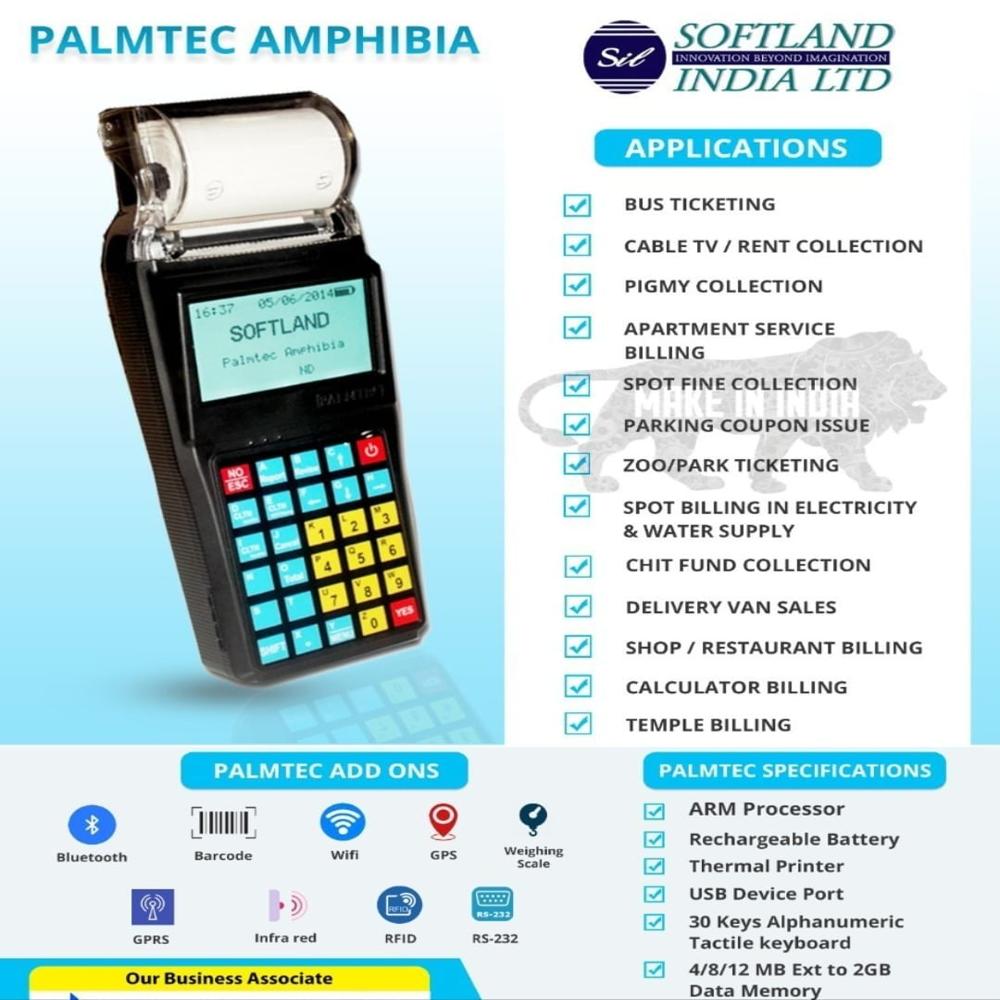
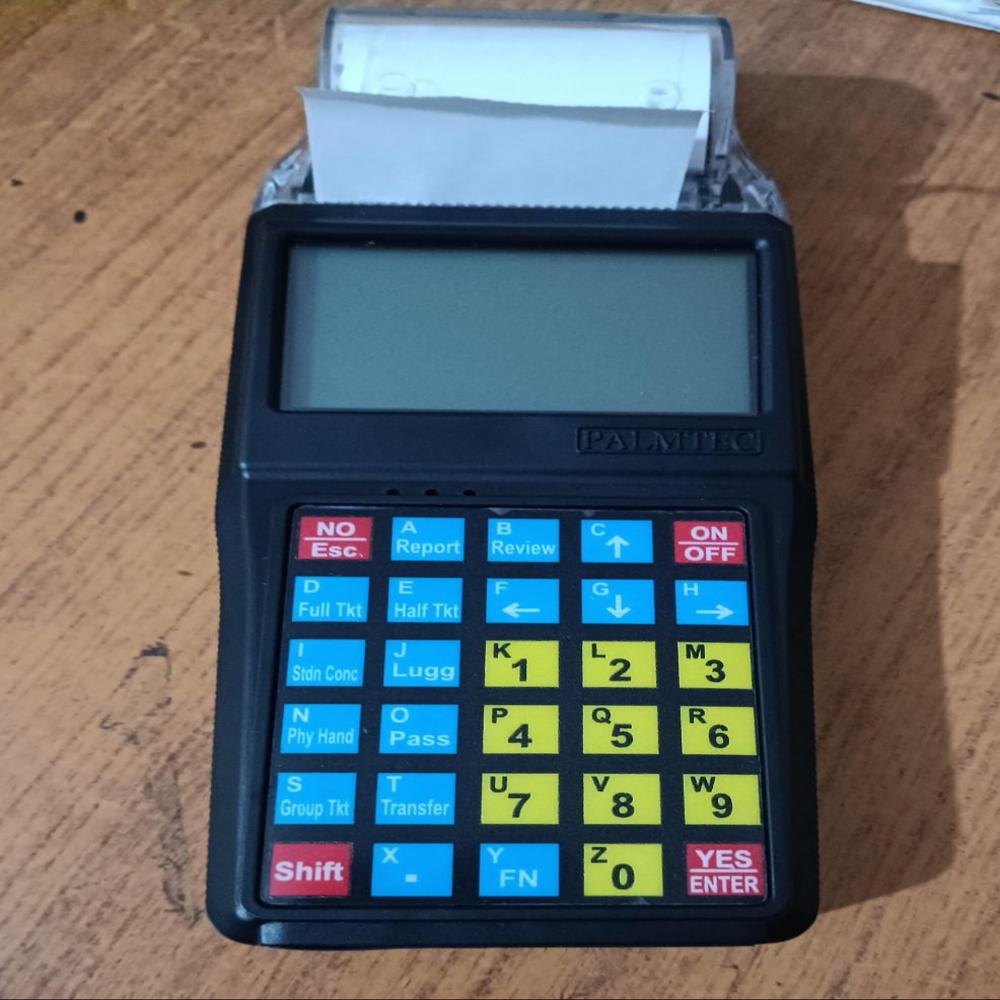
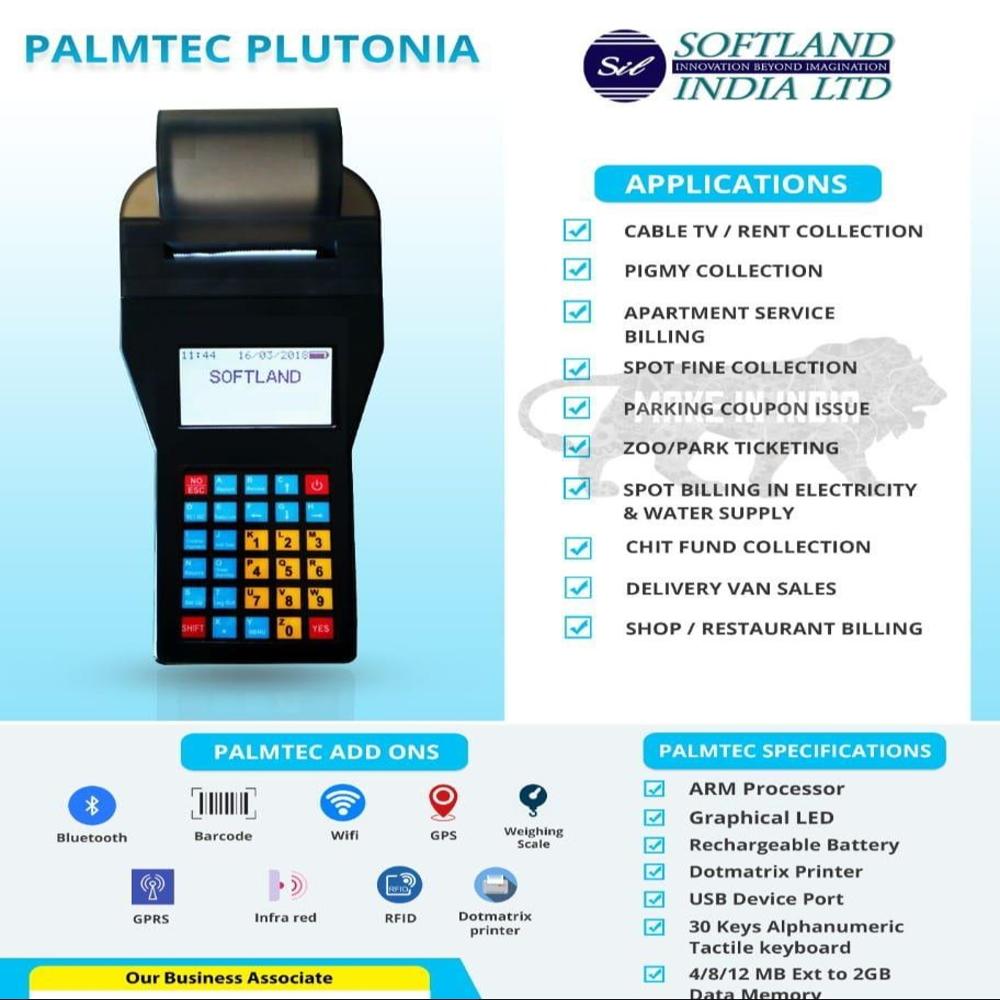
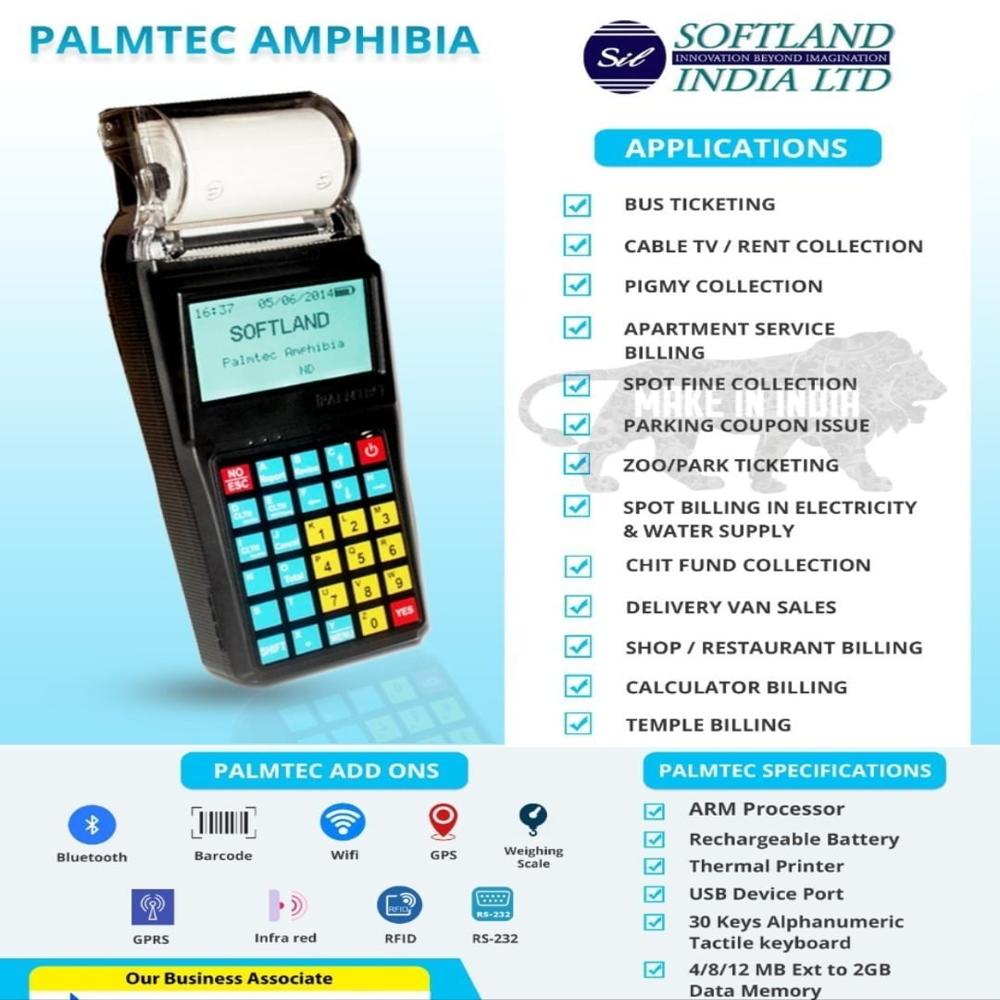
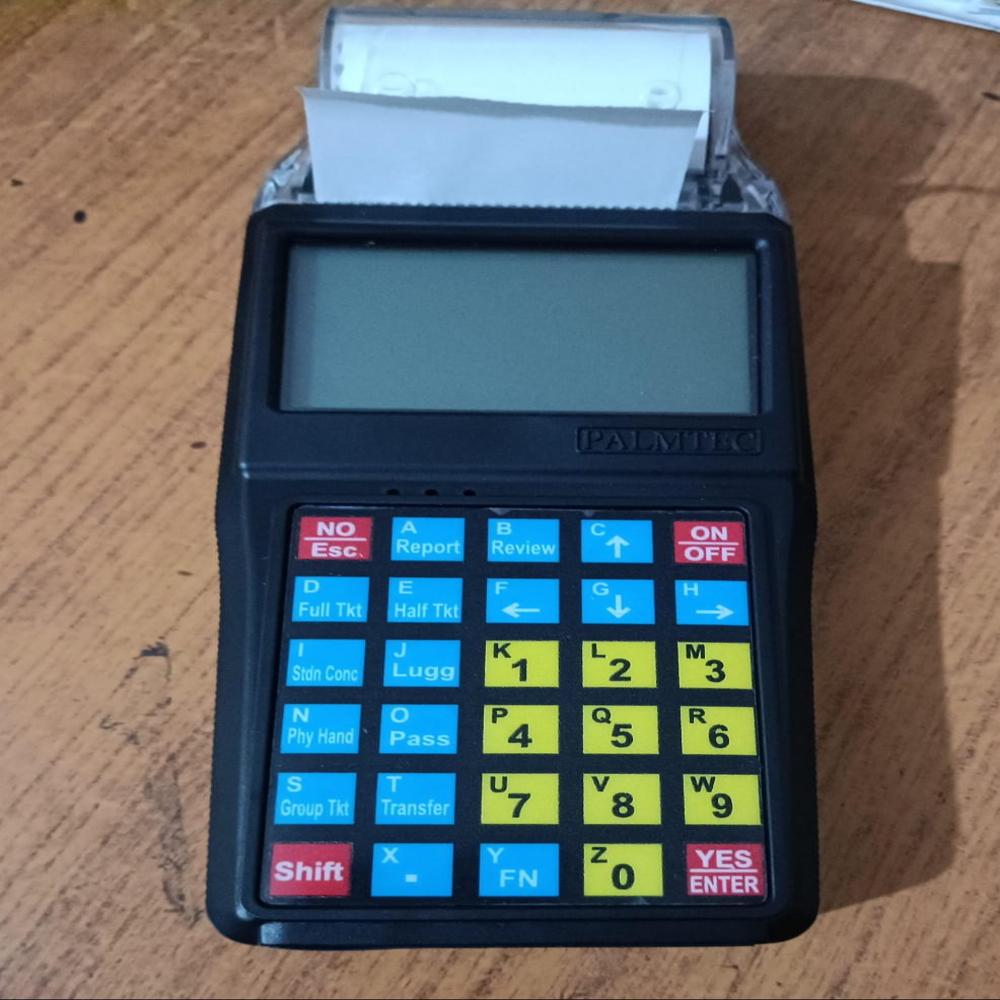
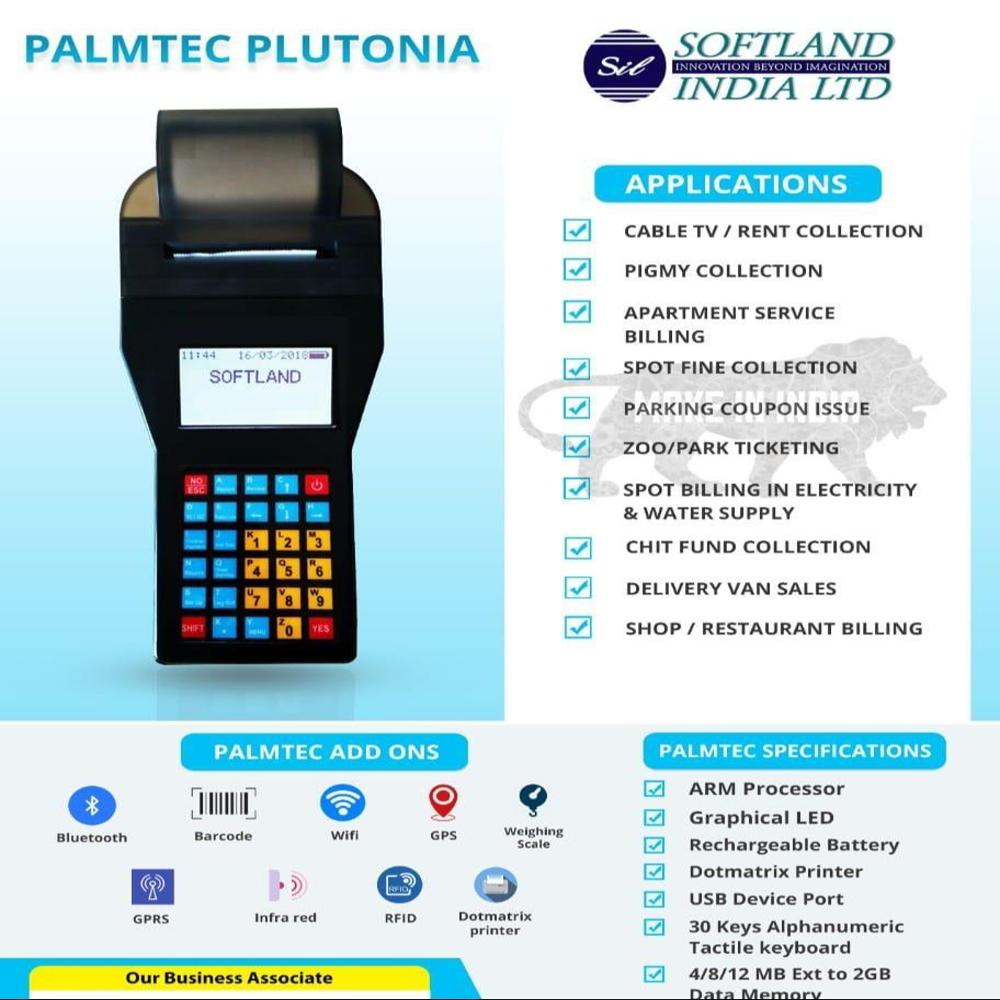







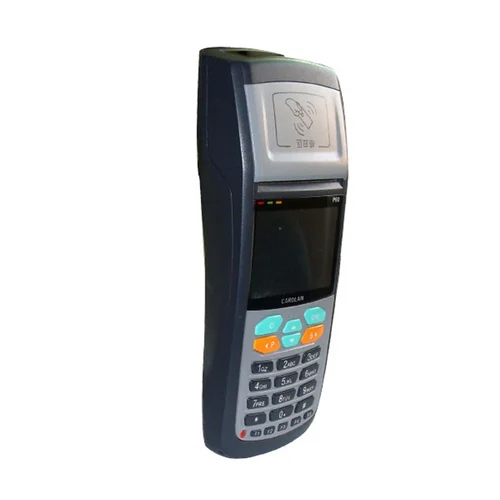
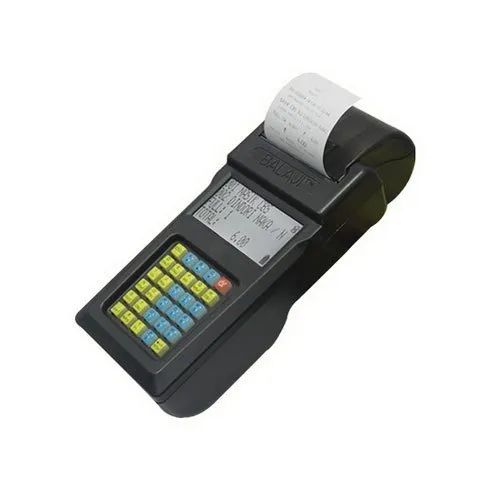
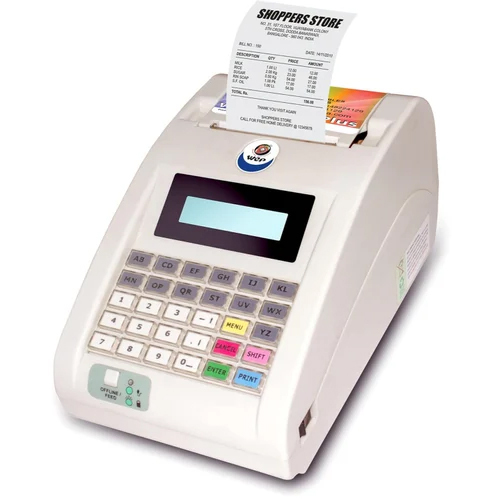
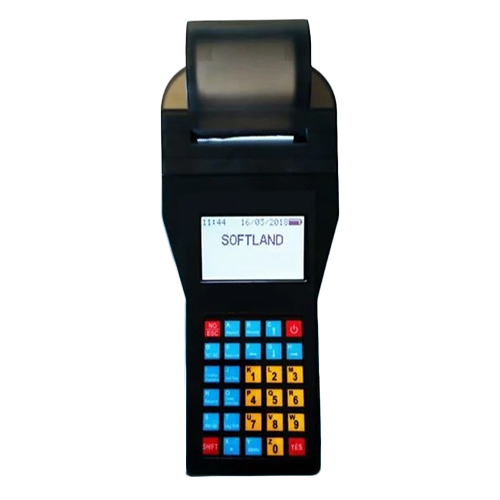


 Send Inquiry
Send Inquiry Call Me Free
Call Me Free